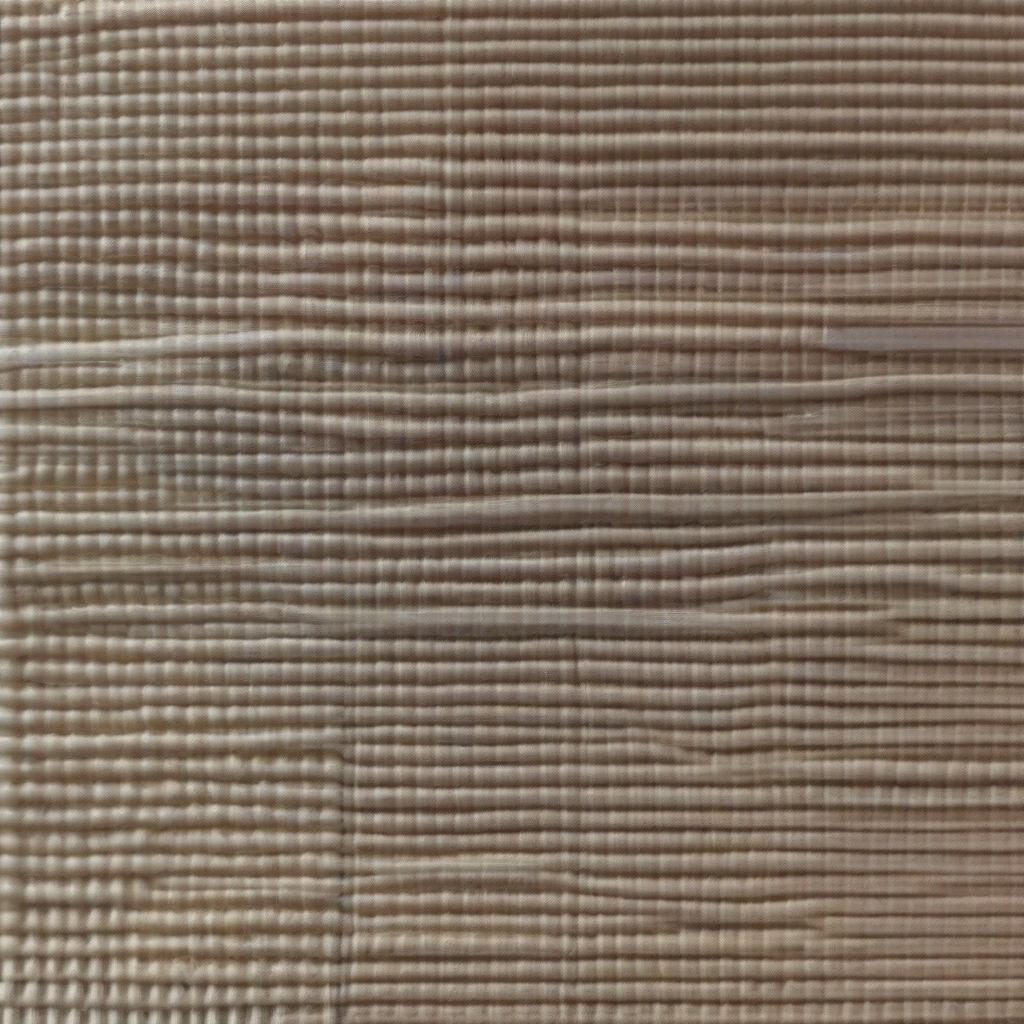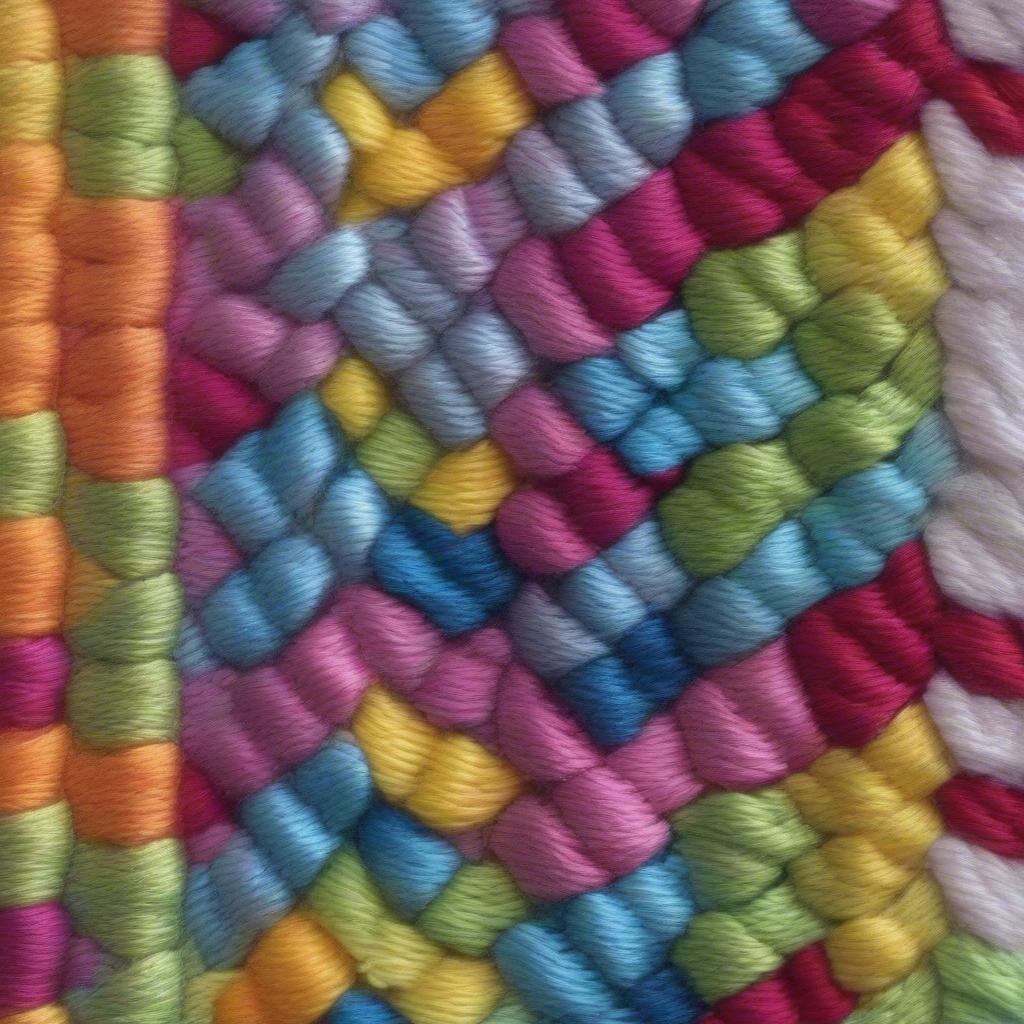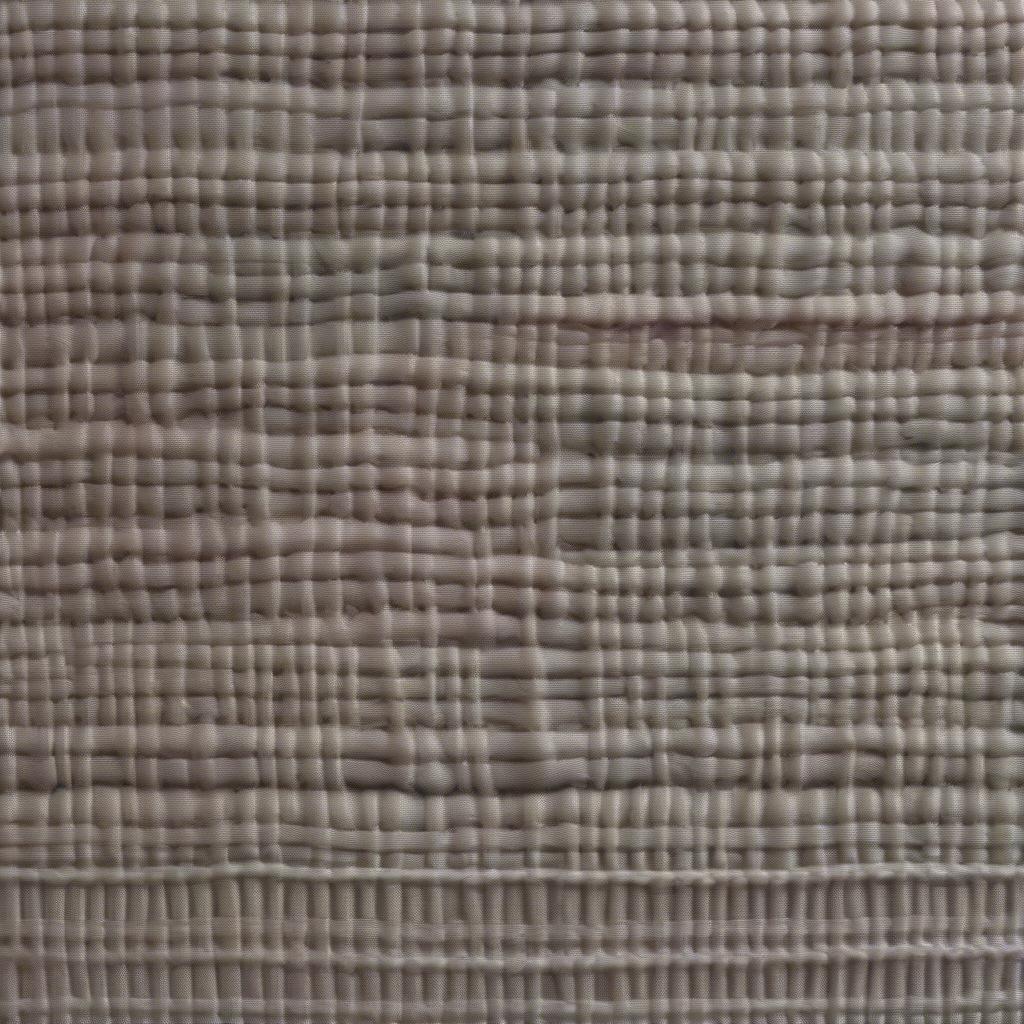Basket Weaving
How to Sew a Basket Weave
Learning How To Sew A Basket Weave stitch opens up a world of creative possibilities, from intricate sewn weave basket designs to unique textile art. This guide will take you through the process step-by-step, providing you with the knowledge and techniques to master this beautiful and versatile stitch.
Understanding the Basket Weave Stitch
The basket weave stitch mimics the interwoven pattern of a traditional woven basket. It’s characterized by its checkered appearance, created by alternating vertical and horizontal stitches. While the term “basket weave” often refers to woven structures, in sewing, it describes a specific stitching technique. This method is highly adaptable, suitable for a variety of fabrics and projects, including decorative embroidery, quilting, and even creating textured surfaces on garments. This technique is also used in leatherwork to create a visually appealing and durable seam for items like wallets and belts.
 Basket Weave Stitch Basics
Basket Weave Stitch Basics
Materials You’ll Need for How to Sew a Basket Weave
Before you begin, gather the following essential materials:
- Needle: Choose a needle appropriate for your fabric. A sharp needle is essential for piercing the fabric cleanly.
- Thread: Select a thread that complements your fabric in both color and weight.
- Fabric: Experiment with different fabrics to see how the basket weave stitch looks on various textures.
- Embroidery Hoop (optional): An embroidery hoop can help keep the fabric taut, making it easier to create even stitches.
- Scissors: Sharp scissors are crucial for clean thread cutting.
- Marking Tool (optional): A fabric marker can help you create guidelines for even stitching, especially when working on larger projects.
Step-by-Step Guide to Sewing a Basket Weave Stitch
This detailed guide will walk you through each step of creating the basket weave stitch.
- Prepare Your Fabric: Cut your fabric to the desired size and finish the edges if necessary to prevent fraying. If using an embroidery hoop, place the fabric securely within the hoop.
- Thread Your Needle: Cut a length of thread and thread it through the eye of your needle. Knot the other end to secure it.
- Create the First Row: Bring the needle up through the fabric at your starting point. Then, create a series of evenly spaced vertical stitches, leaving a small gap between each stitch. This will form the foundation of your basket weave.
- Begin the Weaving Process: Now, bring the needle up through the fabric at the base of the first vertical stitch. Pass the needle horizontally over the second vertical stitch, under the third, over the fourth, and continue alternating in this manner across the row.
- Complete the Second Row: For the next row, begin by bringing the needle up through the fabric at the base of the first vertical stitch. This time, pass the needle horizontally under the second vertical stitch, over the third, under the fourth, and so on. This creates the woven effect.
- Continue Weaving: Repeat steps 4 and 5, alternating the over-under pattern for each row. Maintain consistent tension on the thread to create a uniform look.
 Completing Basket Weave Rows
Completing Basket Weave Rows
Tips and Tricks for a Perfect Basket Weave
- Practice on Scrap Fabric: Before starting your final project, practice the basket weave stitch on a piece of scrap fabric to get comfortable with the technique.
- Consistent Tension: Maintain consistent tension on the thread to ensure even stitches and a neat finished product.
- Use a Thimble (Optional): A thimble can be helpful when working with thicker fabrics, providing extra pushing power and protecting your finger. For dedicated basket weaving, explore specific thimbles for basket weaving.
- Experiment with Variations: Once you master the basic basket weave stitch, try experimenting with different stitch lengths and spacing to create unique variations. Consider how this technique might be applied to projects like a basket weave layer cake quilt.
 Variations on the Basket Weave Stitch
Variations on the Basket Weave Stitch
Conclusion: Mastering the Art of the Basket Weave Stitch
Learning how to sew a basket weave is a rewarding experience that opens a door to countless creative projects. From enhancing your embroidery to adding texture to your quilting projects, this versatile stitch offers a unique touch. By following this guide and practicing the technique, you’ll be well on your way to mastering the art of the basket weave and creating beautiful handmade pieces. Consider the possibilities of even adapting this weave to create unique window treatments, such as learning how do you basket weave curtains. As Sarah Miller, a renowned textile artist, says, “The basket weave stitch is more than just a technique; it’s a gateway to expressing your creativity through texture and pattern.”
FAQ
- What type of needle is best for the basket weave stitch? A sharp needle suitable for your fabric type is recommended.
- Can I use any type of thread? Choose a thread that complements your fabric weight and project.
- Is an embroidery hoop necessary? While optional, an embroidery hoop can help maintain fabric tension.
- How do I prevent uneven stitches? Practice consistent tension on the thread throughout the stitching process.
- What can I make with the basket weave stitch? You can use it in embroidery, quilting, surface embellishment, and other decorative sewing projects.
Common Scenarios for Using the Basket Weave Stitch
- Adding Texture to Clothing: Use the basket weave stitch to create textured panels on garments or to embellish cuffs and collars.
- Creating Decorative Pillows: Embellish throw pillows with basket weave designs for a unique, handmade touch.
- Designing Wall Art: Combine the basket weave stitch with other embroidery techniques to create stunning pieces of textile art.
Further Exploration
Check out our article on altamont rosewood basket weave 45 acp grips for a different application of this classic pattern.
If you need further assistance, please contact us at Hanoi, Vietnam or Tech Avenue, Suite 12, San Francisco, CA 94105, USA. We have a 24/7 customer support team.
